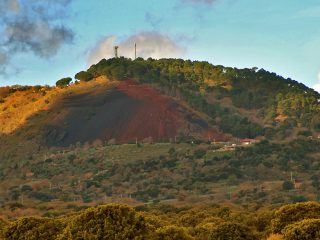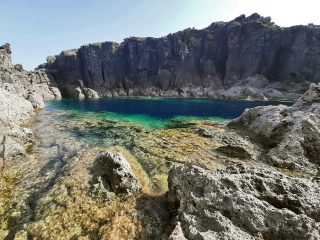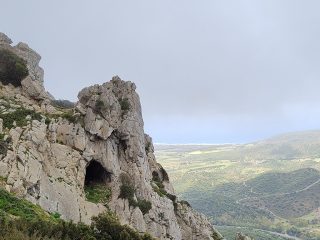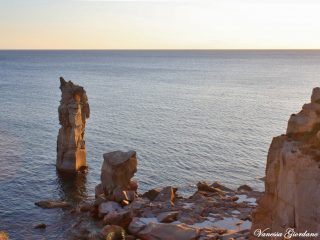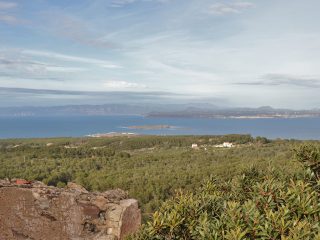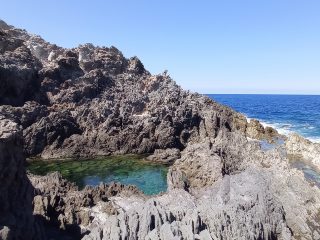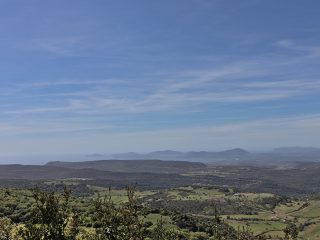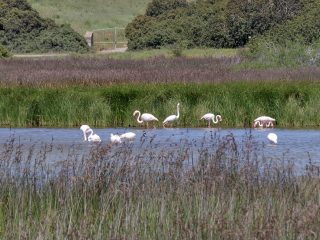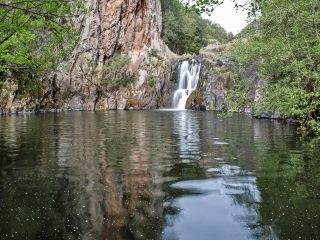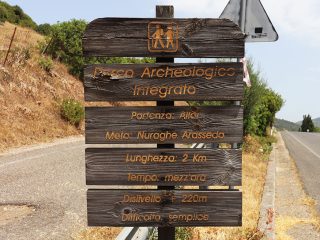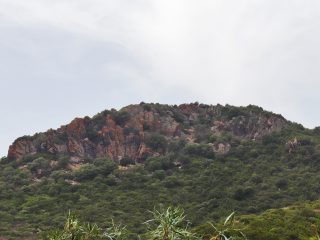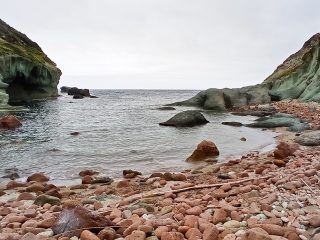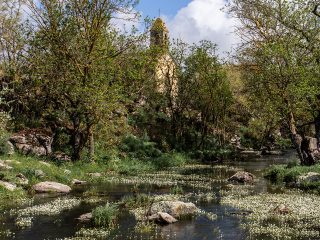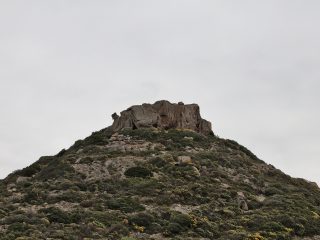The Molentargius – Saline Regional Nature Reserve consists of an extensive wetland which falls between the municipalities of Cagliari and Quartu Sant’Elena, with a small part of it in Quartucciu.
The wetland of the Molentargius Pond has long been recognised as one of the most important in the Mediterranean area and as far back as 1977 was placed under protection with the Convenzione di Ramsar (Agreement on wetlands of international importance). It is also part of the Site of Community Interest (SCI) and is a Special Protection Area (SPA). The Regional Park was officially established in 1999 under a dedicated Regional Law.
The park has a number of small lakes, some of them fresh water, like the Bellarosa Minore and the Perdalonga. Others are salt water, like the Bellarosa Maggiore (the actual “Molentargius”) and the Saline. These are separated by the Bellarosa Maggiore from a strip of sand known as Is Arenas. This subdivision into different environments has encouraged the growth of different kinds of vegetation based on the levels of saltiness, which helps develop different habitats.
One of the most important features of the park is the nesting of the pink flamingo (Phoenicopterus roseus Pallas, 1811). Research has shown that the flamingo started nesting in the park in the early 1990s, especially in the Bellarosa maggiore area. This is where they find their “favourite food”, the crustacean Artemia salina, a key part of their diet and what gives them their typical pink colour.
As well as the flamingo, we can also find other bird species (around one third of European bird species), the most famous ones being: Cormorant, Great egret, Purple heron, Little egret, Avocet, Sandwich tern, Black-winged stilt, Audouin’s gull, Slender-billed gull
, Wood sandpiper, Sterna, Common kingfisher, Cetti’s warbler, Western marsh harrier, Mallard, Western swamphen and many others.
These species come to the pond during the overwintering period and remain in the area. This is a unique feature of this park as it is the most anthropised area in Sardinia.
There are also different amphibians and reptiles such as: European green toad, Sardinian tree frog, different species of tortoise, Italian wall lizard, Green whip snake and Horseshoe whipsnake.
The place name, Molentargius derives from the Sardinian word “molenti” meaning “donkey“. Donkeys were used at the state-owned Saltworks up until 1985 to pull the barges full of salt from the shore. Those directing the donkeys were known as the “molentargius“.
The park headquarters currently houses the “Molentargius” Centre for Environmental Education and Sustainability, at theEdificio Sali Scelti. Different kinds of activities are available at the park thanks to a network of internal pathways and services offered by the corporation.




